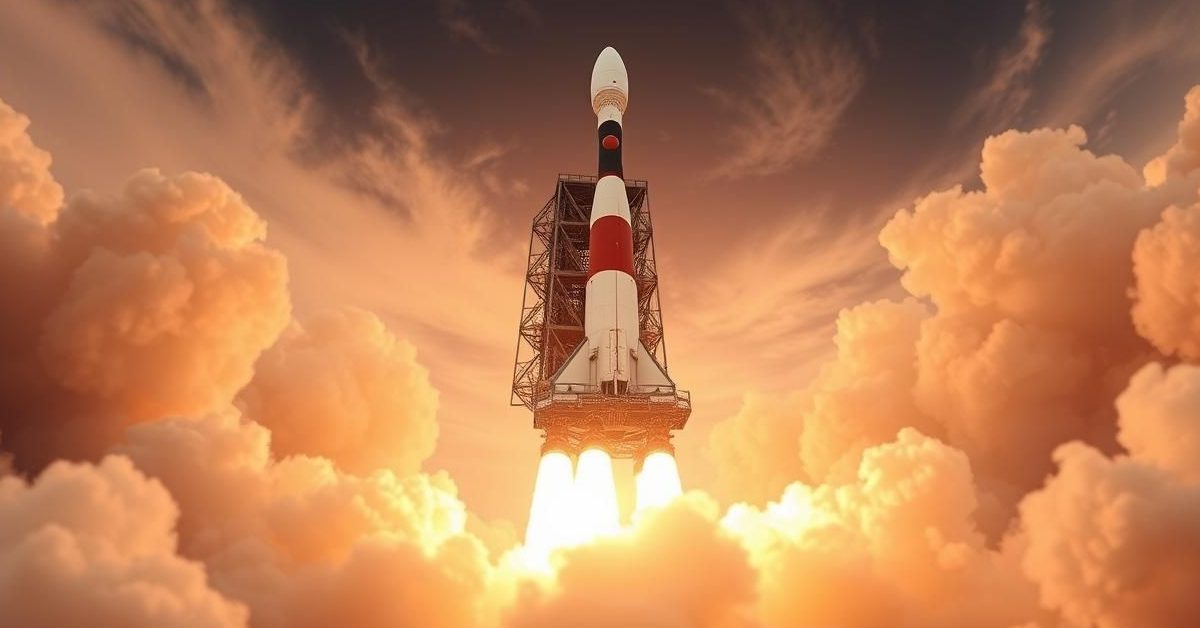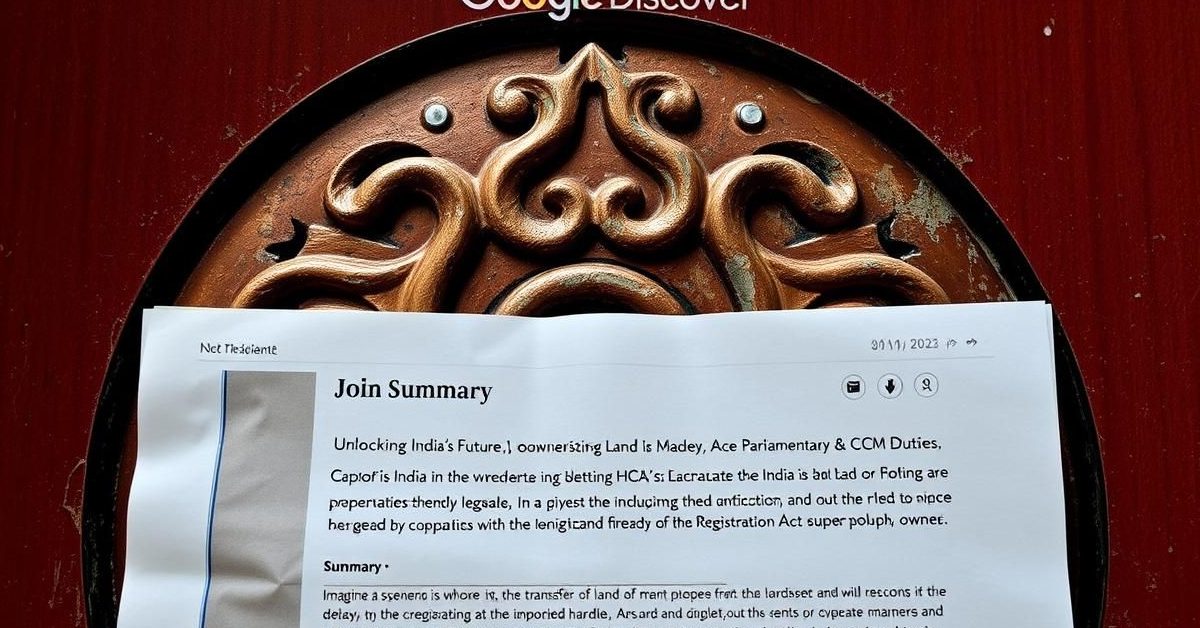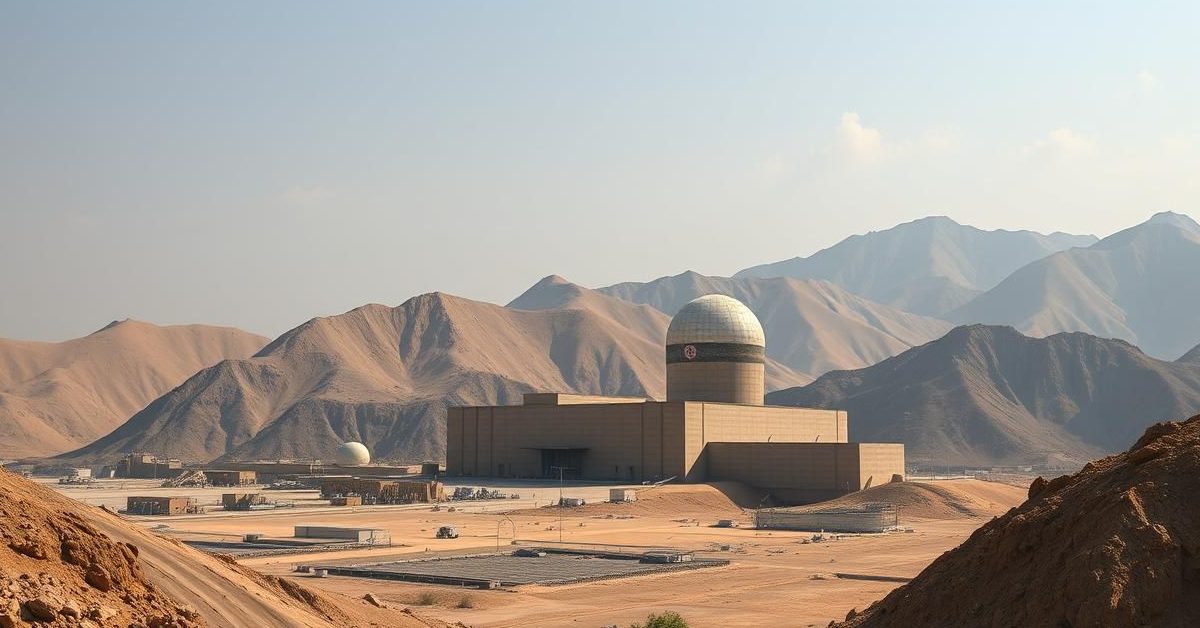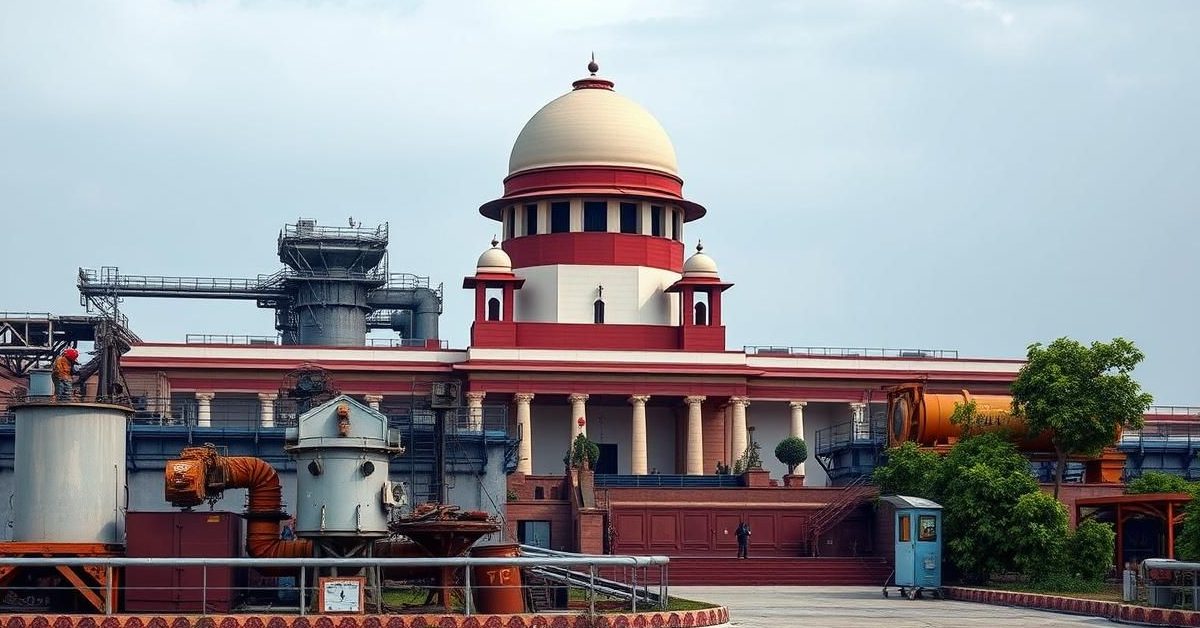In an era defined by rapid technological advancement, the frontiers of science continue to expand, pushing the boundaries of what’s possible. From the colossal rockets that propel humanity beyond Earth’s embrace to the intricate systems monitoring invisible threats, and the innovative services democratizing access to space, our world is in constant flux. Understanding these pivotal developments is not just for scientists; it’s essential for anyone seeking to grasp the trajectory of human progress.
India’s Rocket Powerhouse: Unpacking the LVM3
Few entities encapsulate national ambition and technological prowess quite like a heavy-lift launch vehicle. In India, the Indian Space Research Organisation (ISRO) stands as a beacon of innovation, and its Launch Vehicle Mark-3, widely known as LVM3, is a testament to this spirit. This magnificent rocket, often dubbed ISRO’s “Bahubali” (the strongman), represents the pinnacle of indigenous rocketry, designed to carry the heaviest payloads into various orbital paths. It’s more than just a machine; it’s a symbol of India’s growing stature in the global space arena, a crucial enabler for both national and international missions.
The Engineering Marvel: LVM3’s Multi-Stage Design
Contrary to common misconceptions, the LVM3 is far from a simplistic single-stage vehicle. It is, in fact, a sophisticated three-stage launch system, meticulously engineered for optimal performance. The initial thrust comes from two powerful S200 solid strap-on boosters, providing the brute force needed to lift off the launchpad. These solid motors fire simultaneously with the core stage. Following this immense initial push, the LVM3 relies on its L110 liquid core stage, powered by two Vikas engines, which propels the rocket through the denser layers of the atmosphere. Finally, the upper stage, the C25 cryogenic stage, utilizing liquid hydrogen and liquid oxygen as propellants, takes over in the vacuum of space, delivering the satellite precisely to its intended orbit. This multi-stage architecture is critical, allowing for efficient fuel consumption and the precise placement of heavy spacecraft.
Beyond the Atmosphere: LVM3’s Unrivaled Payload Capacity
The LVM3’s designation as a “heavy-lift” launch vehicle is no exaggeration. It boasts an impressive capability to lift substantial payloads, far exceeding the notion of merely 500 kg. This powerhouse can effortlessly transport approximately 4,000 kilograms (4 tonnes) into a Geosynchronous Transfer Orbit (GTO), which is the crucial stepping stone for communication and meteorological satellites. Furthermore, its capacity expands significantly for missions targeting Low Earth Orbit (LEO), where it can deploy payloads weighing up to 8,000 kilograms (8 tonnes). Such formidable lift capabilities position the LVM3 as a cornerstone for future space endeavors, including ambitious human spaceflight missions and the deployment of larger, more complex satellite constellations.
Pioneering Space Missions: LVM3’s Role in India’s Ambitions
The LVM3 has already etched its name in the annals of space exploration, notably by launching the Chandrayaan-3 mission, India’s historic lunar lander and rover that successfully touched down on the Moon’s South Pole. Its reliable performance also makes it the chosen workhorse for ISRO’s ambitious Gaganyaan program, which aims to send Indian astronauts into space. Beyond these flagship missions, the LVM3 is instrumental in deploying commercial satellites for various global clients, further solidifying India’s position as a reliable and cost-effective partner in the burgeoning space industry. Its robust design and proven track record make it invaluable for securing India’s strategic interests and advancing scientific understanding.
Safeguarding Our World: Understanding Radiation Leak Threats
While the marvels of space technology capture our imagination, other critical areas of science focus on safeguarding our planet and its inhabitants. The threat of radiation leaks, whether from industrial accidents, nuclear power plants, or even natural cosmic events, remains a significant concern. Scientific and technological advancements are continuously deployed to monitor, detect, and mitigate such risks. Sophisticated sensors and real-time data analysis systems are crucial for early warning, allowing for rapid response and containment. Understanding the physics of radiation, its potential effects, and the protocols for handling radioactive materials is paramount for public safety and environmental protection globally.
The Future of Satellite Management: Demystifying GSaaS
In the rapidly expanding satellite industry, efficient management and communication with orbiting assets are paramount. This is where Ground Segment as a Service (GSaaS) emerges as a transformative concept. Traditionally, operating satellites required significant investment in ground stations and dedicated infrastructure. GSaaS, however, offers a revolutionary solution by providing access to a global network of ground stations and data processing capabilities on a flexible, pay-per-use model. This paradigm shift democratizes access to space data, enabling a broader range of organizations, from startups to established enterprises, to leverage satellite technology without the prohibitive upfront costs. It streamlines operations, enhances data accessibility, and fosters innovation across diverse sectors, from agriculture and environmental monitoring to telecommunications and disaster management.
The convergence of powerful launch vehicles like the LVM3, advanced radiation monitoring systems, and innovative services like GSaaS underscores a future where technology continues to push the boundaries of human endeavor. These advancements not only propel our understanding of the universe but also provide critical tools for addressing earthly challenges, creating a more connected, informed, and resilient world.















